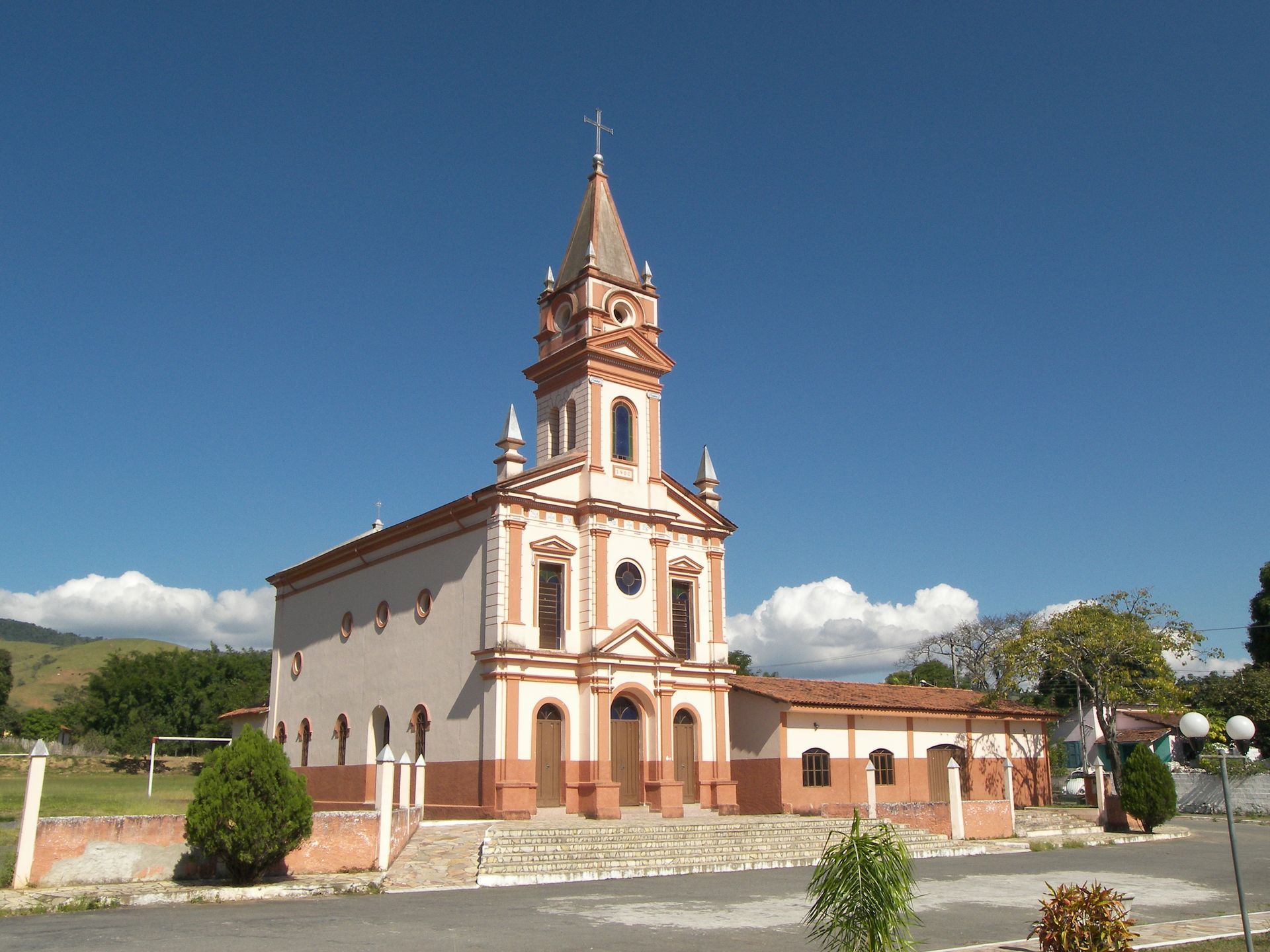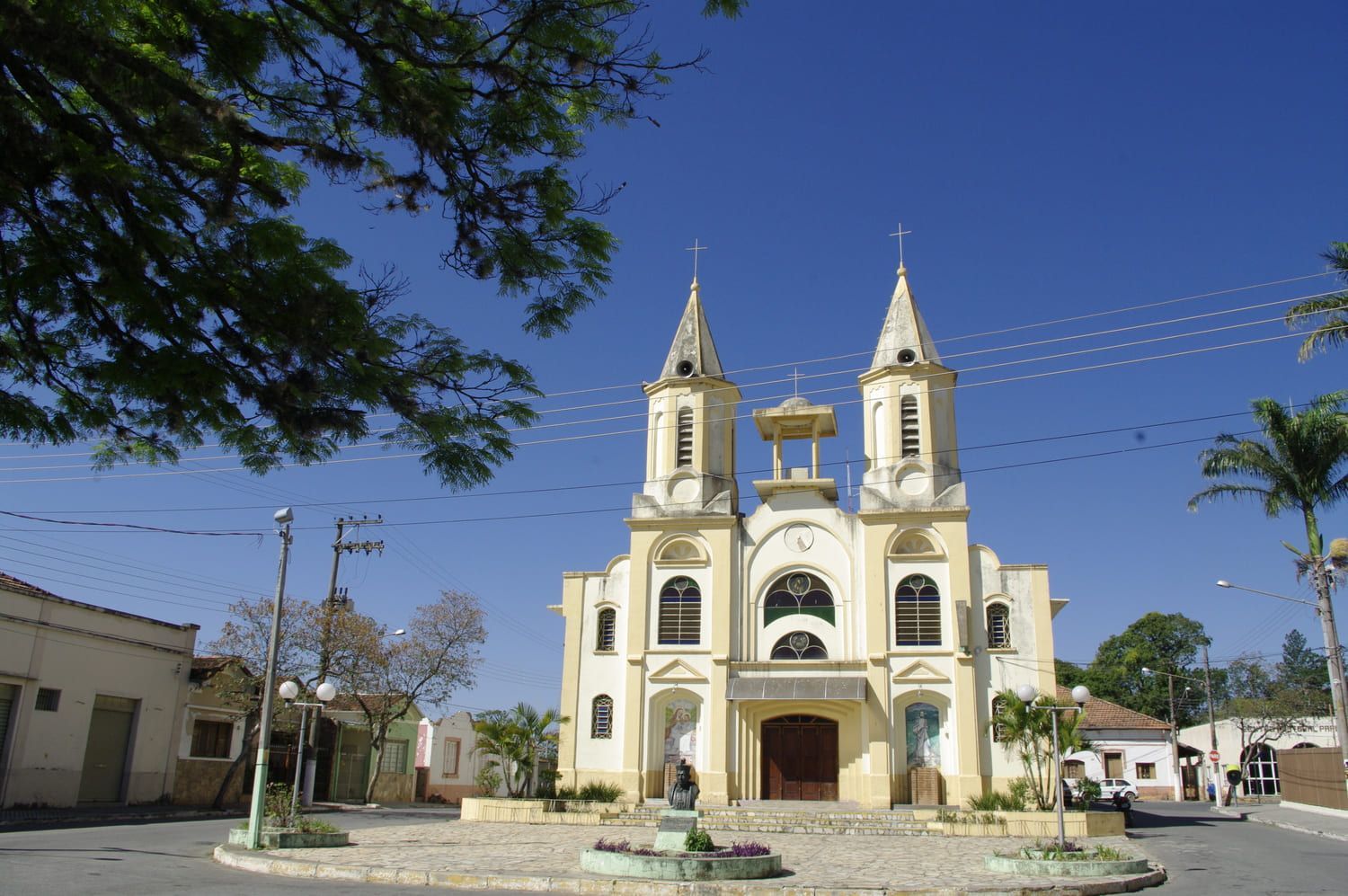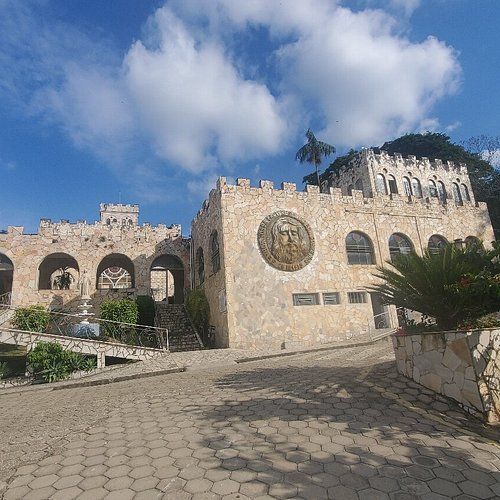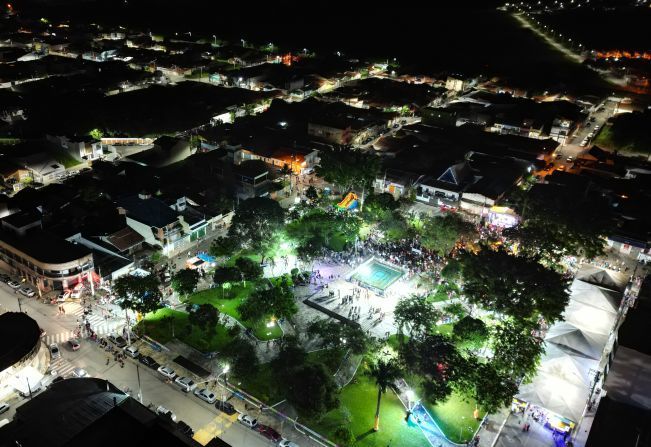Rosebush - SP
On this page, the Portal Peregrino da Esperança presents the city of Pindamonhangada, located in the interior of São Paulo, which stands out both for its historical importance and for its role in the economic, cultural and social development of the Paraíba Valley. The chosen Patron Saint was Our Lady of Good Success.
🕊️ “When all seems lost, it will be the happy beginning
of complete restoration.” (Our Lady of Good Success)
Features of the City of Roseira - SP
The city of Roseira, located in the interior of the state of São Paulo, occupies a strategic geographic position between the municipalities of Aparecida and Pindamonhangaba, in the Paraíba Valley, and carries with it an identity built on religious, rural and community roots. Small in territorial extension and population, Roseira faithfully preserves the features of a typical municipality in the interior of São Paulo, where daily life is still marked by the peaceful rhythm of the tree-lined streets, conversations between neighbors on the sidewalks and the constant presence of faith as a structuring element of the local culture. Its formation dates back to the early times of settlement of the region, driven by farms and crops that prospered thanks to the fertility of the soil and its location close to important urban centers.
The name of the city refers to the large number of rose bushes found in the area in its early days, symbolizing the natural beauty and simplicity of the place. Throughout its history, Roseira has established itself as a community focused on farming, with a strong presence of family farming, especially rice and corn plantations, in addition to dairy farming. This rural vocation is reflected in the way of life of its inhabitants, who maintain a close bond with the land and the traditions inherited from their ancestors. Popular culture is fueled by religious festivals, June celebrations and community gatherings, in which devotion, music, cuisine and collective memory are intertwined.
Despite its modest size, Roseira plays an important role in the context of religious tourism in the Paraíba Valley, given its proximity to the National Sanctuary of Our Lady of Aparecida. Many pilgrims who walk to the Sanctuary pass through its territory, being welcomed by a population that understands and values the spiritual meaning of these walks. This constant contact with pilgrims reinforces the hospitable and supportive spirit of the city, which, despite its small size, actively participates in one of the largest faith movements in the country. This connection with the sacred is also reflected in the daily experience of the Christian faith, visible in the churches, processions and popular devotion that mark the local calendar.
With its welcoming simplicity, Roseira is a city that preserves the best of the São Paulo countryside tradition. Its serene landscape, friendly people and intense community life make it a place where time is lived more calmly and where values such as solidarity, respect and religion still occupy a central place. Although discreet on the state map, Roseira is rich in humanity, culture and faith, offering those who visit it an authentic experience of the countryside, where the roots are planted in the past, but the eyes remain focused on the future.
The presence of the city of Roseira on the Águas da Prata branch of the Caminho da Fé represents one of the final and most symbolic moments of the pilgrimage to the National Sanctuary of Our Lady of Aparecida. Located just a few kilometers from the final destination, Roseira becomes a transitional landmark between the effort of the long walk and the imminent arrival at the spiritual goal. Upon reaching its territory, the pilgrim feels the proximity of fulfillment, not only in geographical terms, but above all in emotional and spiritual terms. The city begins to represent the threshold between the journey and the promise, between the path traveled with effort and the reunion with renewed faith before the image of Our Lady of Aparecida.
As the pilgrim passes through Roseira, he is welcomed by a simple town with a rural spirit that knows how to receive with affection and respect those who approach him exhausted and hopeful. The local population, accustomed to the passage of pilgrims, shows empathy through small gestures, such as offering water, shade or words of encouragement, keeping alive the essence of the Caminho da Fé, which is based on solidarity and human acceptance. Each street walked, each landscape seen in the city's surroundings, reinforces in the pilgrim the perception that the walk, despite being long and challenging, carries a deep sense of overcoming and connection with the sacred.
Roseira also offers pilgrims an opportune moment to pause and reflect before taking their final steps. Being there, so close to the Basilica of Aparecida, allows the traveler to take stock of their inner self, mentally reliving each stretch of the road, each difficulty faced, each prayer whispered along the way. It is a point where the tired body is strengthened by the emotion of the imminent arrival, and where the spirit finds serenity to give thanks before even entering the sacred precinct. In this sense, Roseira fulfills an indispensable symbolic and spiritual role, being the last refuge before meeting the Mother.
The city, therefore, although small in size, assumes great significance in the context of the Caminho da Fé. Its presence on the Águas da Prata branch is not merely geographical, but existential. Roseira offers the pilgrim the chance to realize that the journey is not limited to the destination, but to the journey lived with courage, faith and perseverance. It is the place where hope becomes certainty, where the heart of the traveler prepares for the end of his journey, and where faith silently transforms into celebration. Thus, Roseira remains engraved in the memory of many as a sacred point, where the road almost touches the sky.
The history of the main church in the city of Roseira, in the interior of the state of São Paulo, is deeply intertwined with the formation of the city's identity, which dates back to the beginning of the 20th century. Dedicated to Saint Anne, the city's patron saint, the church emerged as a response to growing popular devotion and the need for a sacred space that would welcome the faithful of the then small town that was developing along the Central do Brasil railroad. In 1901, a modest chapel was built under the invocation of Our Lady of Mercy, but the development of the community, driven by economic growth and the religious spirit of its inhabitants, soon required a larger and more structured temple.
Construction of the Sant'Ana parish church began in 1910 on land donated by Major Victoriano de Barros, one of the region's benefactors, whose contribution was decisive in consolidating the religious headquarters and future urban structure of the municipality. The chosen location, close to the train station, allowed the church to become not only a spiritual meeting point, but also a geographical and social landmark of the town. Over the following decades, the temple underwent expansions and improvements, reflecting the maturation of the local Catholic community and its dedication to the faith that united it. Even before Roseira's emancipation, the parish church already played a central role in the lives of its residents, being the scene of baptisms, weddings, funerals and celebrations that marked the family history of many generations.
With the political and administrative emancipation of Roseira in 1965, the church of Sant'Ana officially consolidated itself as the main church of the new city, reinforcing its role as the center of religious and cultural life. Its presence became even more symbolic, representing the continuity of a tradition built collectively. The patron saint's festival, celebrated in July, is one of the most important moments in the local calendar, bringing together the faithful in novenas, processions, solemn masses and community events that revive faith, popular culture and the feeling of belonging. The image of Sant'Ana, revered with affection and respect, represents the protective and maternal figure who inspires the people of Roseira in their spiritual and daily journey.
The Sant'Ana church, more than a religious building, is a living memory of the faith that helped shape Roseira. Its walls hold stories of devotion, overcoming and gratitude; its altar is a witness to the fervor that moves the community in times of joy or trial. Over more than a century, the church has withstood the changes of time, remaining firm as a sign of unity, hope and spirituality. It is there, under the bells that echo on festive or silent days, that Roseira finds the link between past and present, between the human and the divine, between the simplicity of a people and the greatness of their faith.
Photographs of the City of Roseira - SP








